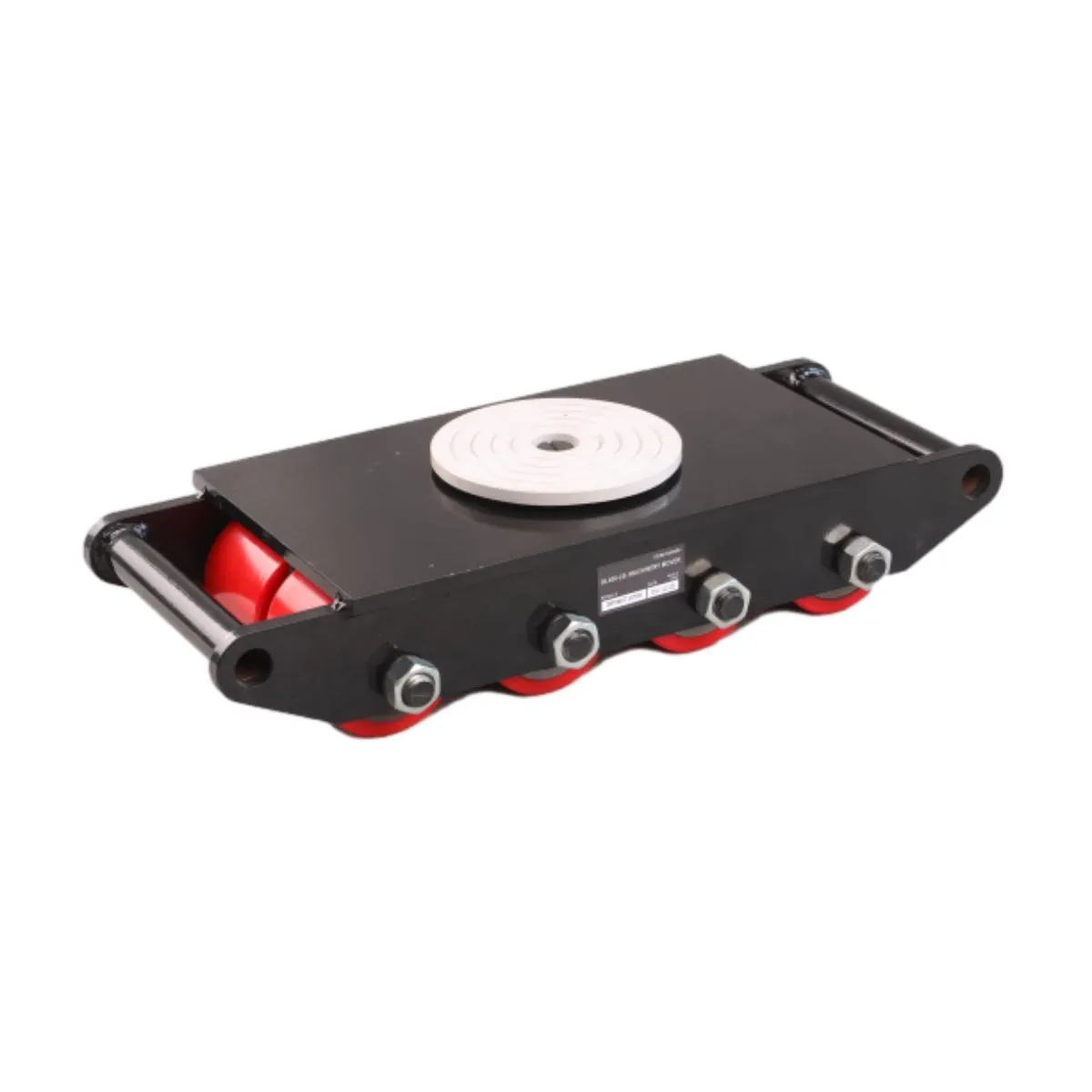Efficient Strategies for Machinery Relocation and Installation in Industrial Settings
Machinery Relocation Ensuring Safety and Efficiency in an Evolving Landscape
In today’s fast-paced industrial world, machinery relocation has become a critical aspect of operations across various sectors. The process involves moving equipment from one location to another, whether it’s within the same facility, to a different site, or even overseas. This task is not merely about transportation; it requires meticulous planning, skilled labor, and an understanding of the intricacies involved in handling specialized machinery. As businesses evolve, so too must their operational layouts, making effective machinery relocation essential for maintaining efficiency and safety.
Planning and Preparation
Successful machinery relocation begins with thorough planning. This involves assessing the current setup and determining the best approach for the move. Companies need to conduct a detailed inventory of all machinery and equipment, noting any special requirements for handling each item. Understanding the weight, size, and operational intricacies of machinery is crucial to developing a relocation strategy that minimizes risks and ensures a smooth transition.
One of the first steps in the planning phase is to create a timeline that outlines the relocation process. This includes scheduling downtime for machinery, if necessary, to avoid disruptions in production. Additionally, companies must evaluate the new location to ensure it can accommodate the machinery and associated workflow. This may involve preparing the site with the necessary installations like power supplies, ventilation, and safety measures.
Risk Management and Safety Protocols
Safety is paramount when it comes to machinery relocation
. Companies must adhere to local regulations and industry standards to ensure safe practices throughout the process. This involves training employees in proper handling techniques and employing safety measures such as personal protective equipment (PPE) and safety barriers.One of the biggest risks during relocation is damage to the machinery itself. Companies need to implement procedures to safeguard equipment during transportation. This might include using specialized crating, cushioning, or anchoring techniques that can withstand the rigors of travel. Furthermore, it’s essential to have insurance coverage in place to mitigate potential losses in case of accidents or damages.
machinery relocation

Technical Expertise and Execution
Executing a machinery relocation requires technical expertise. Employers often choose to partner with specialized moving companies that have experience in handling industrial equipment. These professionals utilize the appropriate rigging techniques and equipment designed for heavy lifting and transport. Additionally, they are well-versed in the intricacies of disassembling and reassembling machinery, ensuring everything functions correctly once relocated.
During the execution phase, communication is vital. All stakeholders, including operators, relocation teams, and site managers, must stay updated on timelines and procedures. This collective effort helps to manage expectations and addresses potential issues as they arise.
Post-Relocation Assessment
Once the machinery has been relocated and reassembled, a thorough assessment is necessary to ensure that everything is functioning optimally. This includes conducting performance tests and inspections to verify that all components are working correctly. Operators should also be given the opportunity to familiarize themselves with any changes in layout or functionality that may accompany the new location.
An effective post-relocation review can identify areas for improvement and inform future moves. Feedback from employees makes it easier to refine processes and enhance safety protocols.
Conclusion
In conclusion, machinery relocation is a multifaceted process that requires a strategic approach, a keen eye for detail, and a commitment to safety. As industries continue to adapt and grow, businesses that prioritize efficient and safe machinery relocation will be better positioned to respond to changing demands and uphold operational excellence. By investing in planning, risk management, technical expertise, and ongoing evaluation, organizations can ensure that their machinery is not only moved successfully but also continues to contribute positively to their productivity and growth in the new location. With careful consideration and execution, machinery relocation can be a smooth transition that propels businesses toward greater success and innovation.
-
Unlock Seamless Relocation with Our Heavy Equipment Moving ExpertiseNewsJun.06,2025
-
Unleash Unrivaled Flexibility with Our Adjustable Gantry CraneNewsJun.06,2025
-
Unleash Heavy-Duty Efficiency with Our Industrial Gantry Crane SolutionsNewsJun.06,2025
-
Revolutionize Steel Handling with Our Magnetic Lifter RangeNewsJun.06,2025
-
Master Equipment Mobility with Premium Machinery Mover SolutionsNewsJun.06,2025
-
Elevate Your Material Handling with Magnetic Lifter TechnologyNewsJun.06,2025
-
YS Permanent Lifting Magnets: The Smarter Way to Handle SteelNewsMay.22,2025
